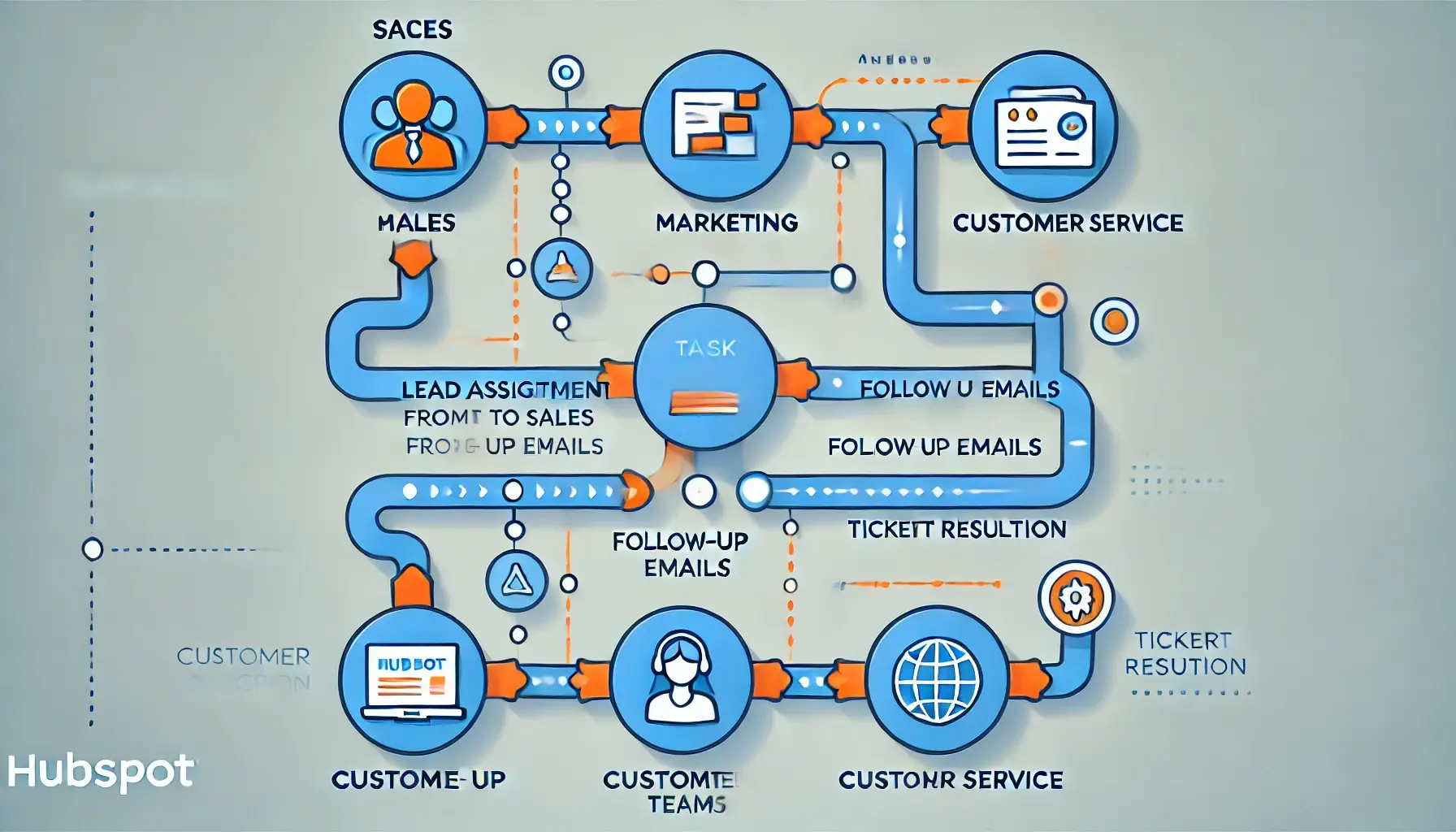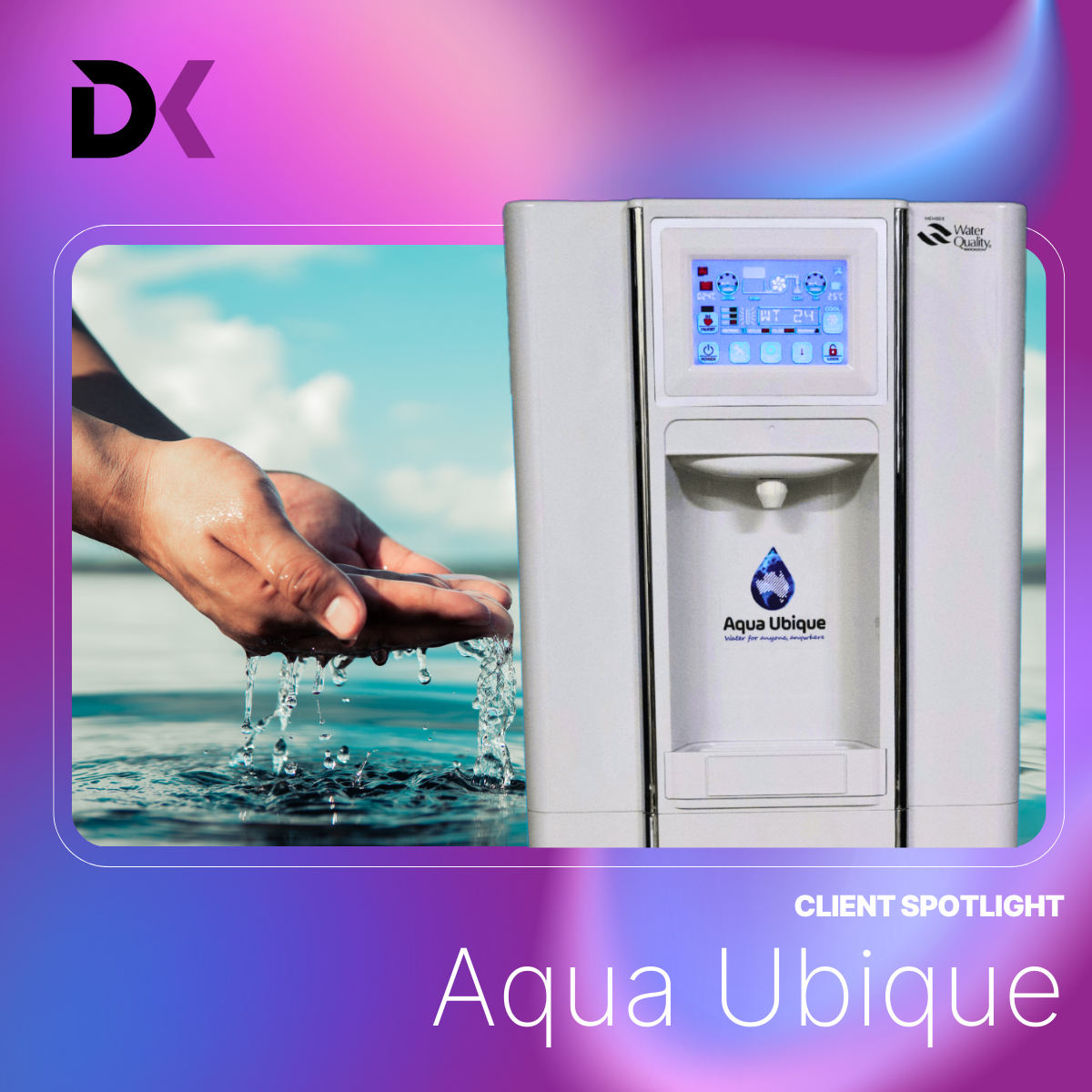The Power of Process Optimisation: Boosting Efficiency with HubSpot Workflows
Why Process Optimisation Matters
In today’s fast-paced business environment, efficiency is the key to staying competitive. Every manual task, delayed handoff, or missed follow-up represents an opportunity lost. This is where process optimisation through automation comes into play. Tools like HubSpot workflows empower businesses to streamline operations, reduce human error, and improve collaboration between teams. Whether you're looking to enhance your sales pipeline, automate marketing campaigns, or ensure a smooth customer service experience, HubSpot workflows offer a powerful way to automate repetitive tasks and free your team to focus on what matters most—growing your business.
In this post, we’ll explore how HubSpot workflows work, actionable steps to implement them, and real-life examples of automation that can save time, reduce errors, and increase efficiency across departments.
Section 1: Getting Started with HubSpot Workflows
What are HubSpot Workflows?
HubSpot workflows are automation sequences designed to carry out repetitive tasks without manual intervention. These can be triggered by a variety of events, including form submissions, email opens, contact property updates, or lifecycle stage changes. Workflows are highly customisable and can serve multiple teams, including sales, marketing, and service.
Types of HubSpot Workflows by Functionality:
- Sales workflows: Automate lead assignment, follow-up emails, and task creation for reps.
- Marketing workflows: Nurture leads through automated email sequences, notify teams of hot leads, and segment contacts based on behaviour.
- Service workflows: Manage support ticket routing, send automated customer satisfaction surveys, and trigger internal alerts for priority cases.
How to Set Up Your First HubSpot Workflow
Creating a workflow in HubSpot involves several steps, but with the right structure, it's simple and effective. Here’s a quick guide:
- Define your goal: Identify the manual process you want to replace. For instance, automating follow-up emails after a lead submits a form.
- Choose a trigger: Select what action will initiate the workflow—e.g., a contact is added to a specific list or a deal is marked as "won."
- Add actions: Decide on the sequence of actions the workflow will take—such as sending an email, assigning a task, or updating a contact record.
- Set enrolment criteria: Define which contacts or deals will qualify for the workflow. You can also choose re-enrolment rules if the same contact qualifies again.
- Monitor and refine: Track workflow performance metrics such as open rates, deal stage movements, or task completion to optimise efficiency over time.
Section 2: Real-World Examples of Automation Using HubSpot Workflows
Automation goes beyond saving time—it ensures consistency and accuracy across departments. Let’s explore some real-world examples of workflows that eliminate repetitive work and improve coordination:
1. Sales Workflow: Lead Assignment and Follow-up Tasks
- Trigger: New lead fills out a contact form.
- Action:
- Automatically assign the lead to the appropriate sales rep based on region or product interest.
- Create a task for the rep to call the lead within 24 hours.
- Send a personalised follow-up email to the lead confirming the submission and offering additional resources.
Result: Reps can focus on relationship-building without worrying about who gets which lead or missing initial outreach.
2. Marketing Workflow: Lead Nurture Campaign
- Trigger: Contact downloads a white paper.
- Action:
- Send a series of follow-up emails spaced over several weeks, educating the lead on relevant topics.
- If the lead clicks a link in the email, notify the sales team to reach out directly.
- Add the contact to a segmented list for further targeting in future campaigns.
Result: Prospects receive timely, relevant communication without the marketing team needing to manually intervene.
3. Service Workflow: Customer Satisfaction Surveys
- Trigger: Support ticket is closed.
- Action:
- Automatically send a survey email asking the customer to rate their experience.
- If the customer gives a low rating, notify the service manager to follow up personally.
- Update the customer record with the survey score for future reference.
Result: Customer feedback is gathered consistently, and dissatisfied customers are flagged for proactive follow-up.
Section 3: Best Practices for Monitoring and Optimising HubSpot Workflows
Even the best-designed workflows require regular monitoring and fine-tuning to stay effective. Here are a few tips to ensure your automation efforts remain optimised over time:
1. Monitor Key Performance Indicators (KPIs)
- Track metrics such as email open rates, task completion rates, lead-to-customer conversion rates, and time to close support tickets.
- Use these insights to identify bottlenecks or steps in the workflow that need adjustment.
2. Optimise Enrolment Triggers and Conditions
- Regularly review the enrolment criteria to ensure your workflows are triggering at the right time. Are some contacts being missed, or are irrelevant contacts enrolling?
- Adjust triggers and segmentation rules as needed to align with evolving business priorities.
3. Use A/B Testing for Workflow Emails
- If your workflow includes automated emails, experiment with different subject lines, content formats, and CTAs to improve engagement.
- A/B testing helps you determine which version resonates best with your audience.
4. Keep Teams Aligned
- Regularly review workflows with your sales, marketing, and service teams to ensure automation supports their changing needs.
- Gather feedback from your team to uncover pain points or areas where additional automation might help.
5. Document Your Workflows
- Create a central repository for workflow documentation, including triggers, actions, and enrolment conditions.
- This documentation ensures smooth handoffs between teams and helps new employees quickly understand automated processes.
Achieve More with Less through Workflow Automation
Process optimisation through HubSpot workflows is not just about saving time—it’s about ensuring consistency, reducing human error, and fostering collaboration across departments. By automating routine tasks, businesses can focus on strategic growth initiatives, improve customer satisfaction, and drive revenue. With the flexibility and power of HubSpot workflows, you can design processes that align with your business goals and scale effortlessly as you grow.
Ready to take your business operations to the next level?
Explore our services and let us help you implement HubSpot workflows tailored to your business needs. Contact us today for a free consultation!
From the blog


